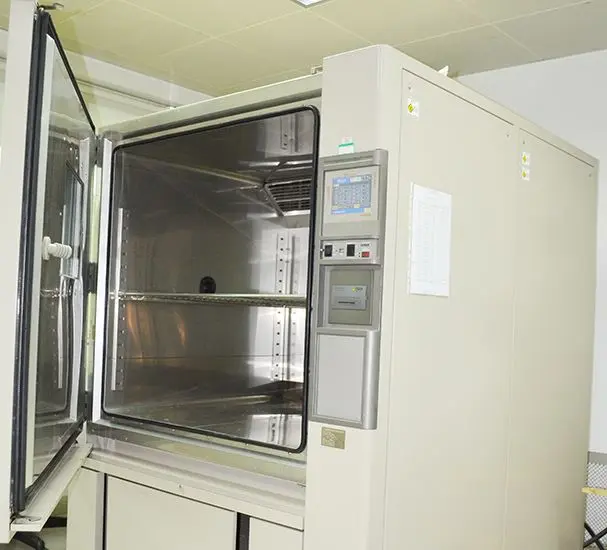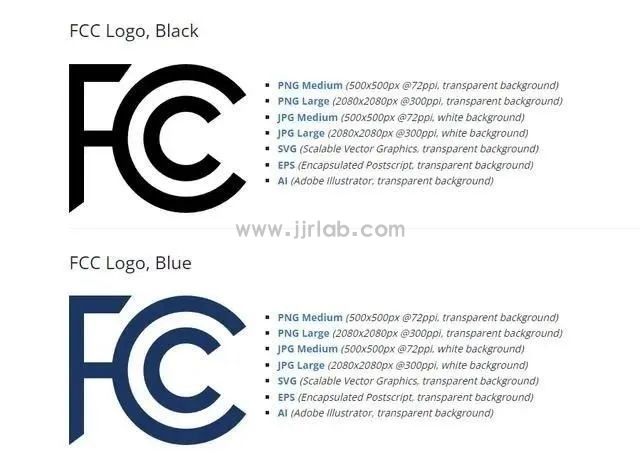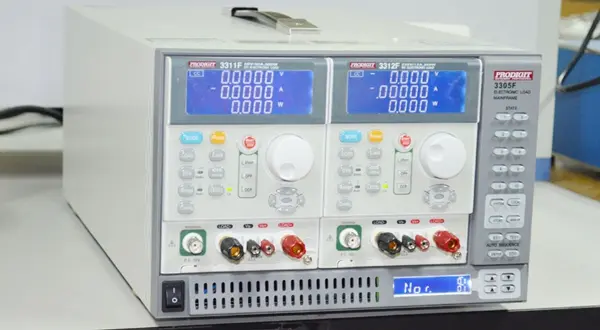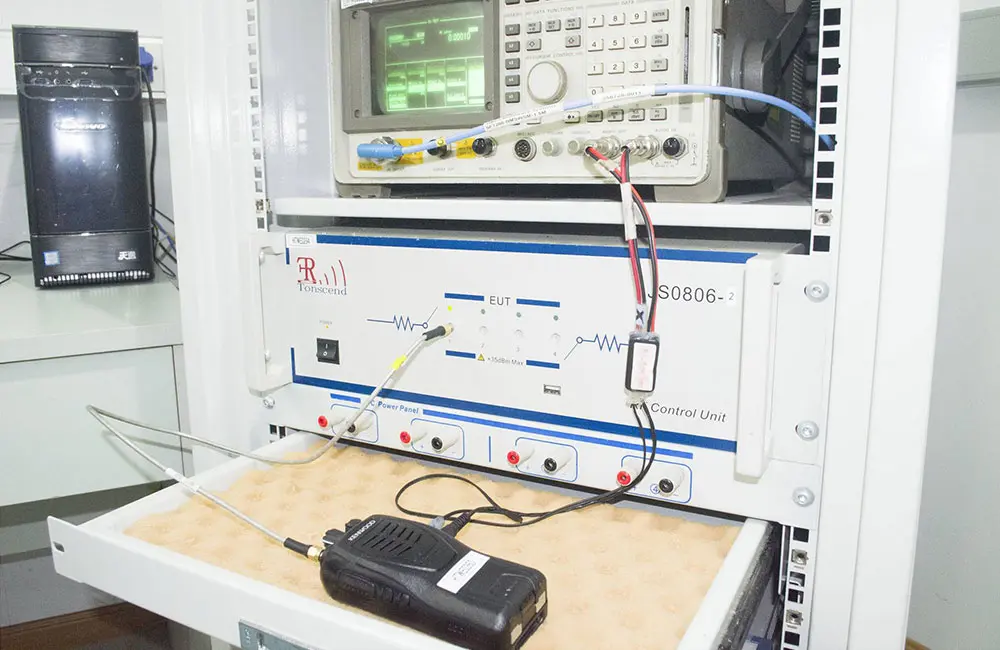
What Are the UN38.3 Certification Test Items?
What is un38.3 certification?
un38.3 certification is a testing standard for the safe transportation of lithium batteries, developed based on the United Nations "Recommendations on the Transport of Dangerous Goods." This standard belongs to Section 38.3 of Part 3 in the "Manual of Tests and Criteria" by the United Nations and aims to ensure lithium batteries meet specific safety requirements during transportation.

The core goal of this certification is to guarantee that lithium batteries can be transported safely and stably, preventing potential hazards such as fire and explosion. Due to their high energy density and cheMICal properties, lithium batteries may pose risks if improperly used or damaged. To ensure transport safety, UN38.3 provides a series of rigorous tests and standards to verify the safety performance of lithium batteries in various transportation environments (air, sea, land), thus REDucing the risk of accidents.
What Does UN38.3 Certification Cover?
1. Various lead-acid batteries (e.g., automotive starter batteries, stationary lead-acid batteries, small valve-regULated lead-acid batteries)
2. Various power secondary batteries (e.g., batteries for power vehicles, electric road vehicles, electric tools, hybrid vehicles)
3. Various mobile phone batteries (e.g., lithium-ion batteries, lithium polymer batteries, nickel-metal hydride batteries)
4. Various small secondary batteries (e.g., laptop batteries, digital camera batteries, camera batteries, various cylindrical batteries, wireless communication batteries, portable DVD batteries, CD and MP3 player batteries)
5. Various primary batteries (e.g., alkaline zinc-manganese batteries, lithium-manganese batteries)
What Are the un38.3 test Items?
1. Altitude Simulation Test:
Under a pressure ≤ 11.6 kPa and temperature of 20±5°C, the battery must be stored for more than 6 hours without leakage, venting, disassembly, rupture, or combustion.
2. Thermal Test:
High and low temperature shock test at 72±2°C and -40±2°C. The battery must be stored for ≥ 6 hours at extreme temperatures, with temperature switching time ≤ 30 minutes, subjected to 10 shocks, then stored at room temperature (20±5°C) for 24 hours. The total test duration is at least one week.
3. Vibration Test:
Within 15 minutes, perform one reciprocal logarithmic sweep sine vibration from 7 Hz to 200 Hz, and complete 12 three-dimensional vibrations within 3 hours. The logarithmic sweep starts at 7 Hz with 1 gn maximum acceleration until 18 Hz, then amplitude kept at 0.8 mm (total displacement 1.6 mm), increasing frequency until max acceleration REACHes 8 gn (~50 Hz). Maintain max acceleration at 8 gn until 200 Hz.
4. Shock Test:
Perform semi-sine shocks of 150 g, 6 ms or 50 g, 11 ms. Conduct 3 shocks per mounting direction, totaling 18 shocks.
5. External Short Circuit Test:
Short circuit under conditions of 55±2°C and external resistance < 0.1 Ω. The short circuit lasts until the battery temperature returns to 55±2°C plus 1 hour.
6. Impact Test:
Drop a 9.1 kg weight from 61±2.5 cm onto a 15.8 mm diameter rod placed on the battery, then monitor the battery surface temperature.
7. Overcharge Test:
Overcharge the battery for 24 hours at twice the maximum continuous charging current and twice the maximum charging voltage.
8. Forced Discharge Test:
Connect the battery in series to a 12 V DC power supply and forcibly discharge it at the maximum discharge current.
Notes
- Multiple Battery Products: If a product contains multiple types of batteries, each type must undergo the relevant certification.
- Mixed Batteries: If a product uses different models or categories of batteries simultaneously, each battery type must be certified for transportation safety.
Email:hello@jjrlab.com
Write your message here and send it to us
 FCC Certification for Automatic Parking Radar Sens
FCC Certification for Automatic Parking Radar Sens
 Temu Europe Station CE-RoHS Compliance
Temu Europe Station CE-RoHS Compliance
 FCC ID Certification and SDoC Compliance
FCC ID Certification and SDoC Compliance
 Export Certification and Compliance for Lighting F
Export Certification and Compliance for Lighting F
 FCC Certification Resumes Issuance
FCC Certification Resumes Issuance
 Electrical Toy Safety Certification EN 62115 EMC T
Electrical Toy Safety Certification EN 62115 EMC T
 What is the UL 62368 Test Standard?
What is the UL 62368 Test Standard?
 Is CISPR 32 the same as EN 55032?
Is CISPR 32 the same as EN 55032?
Leave us a message
24-hour online customer service at any time to respond, so that you worry!




